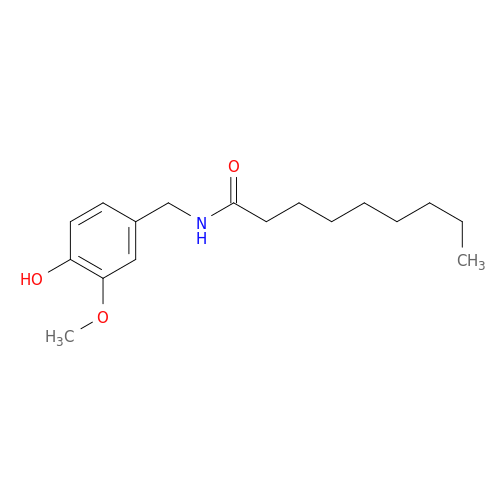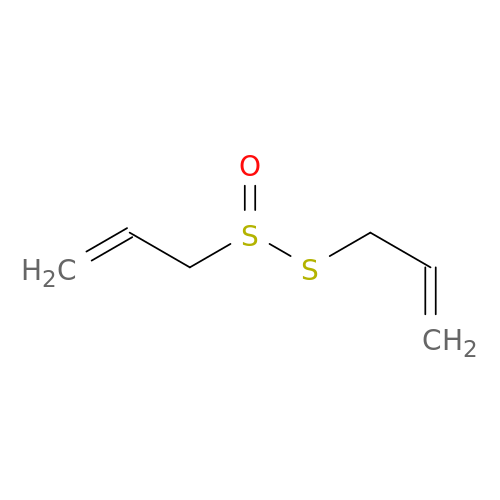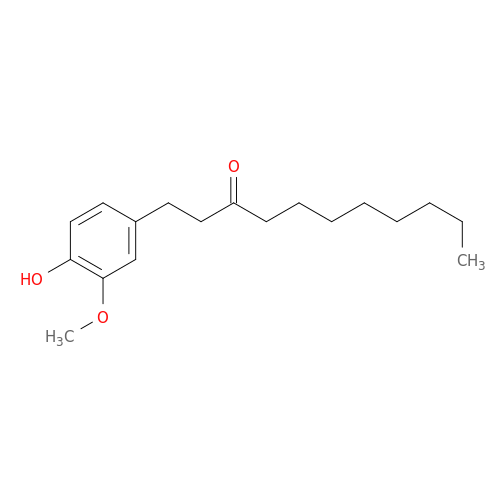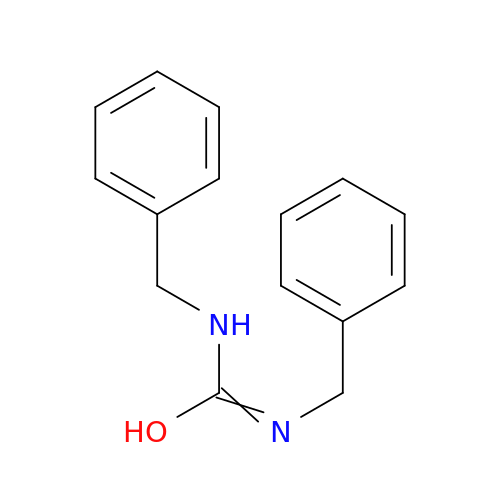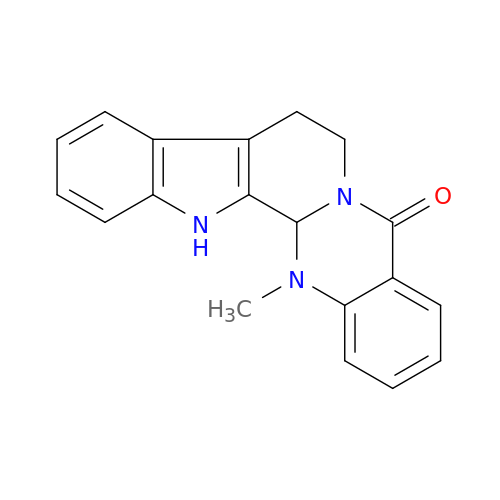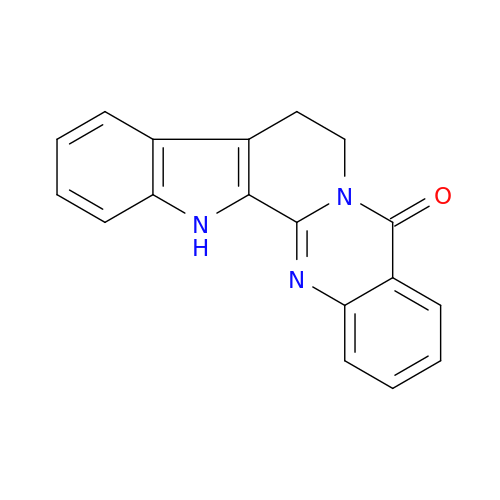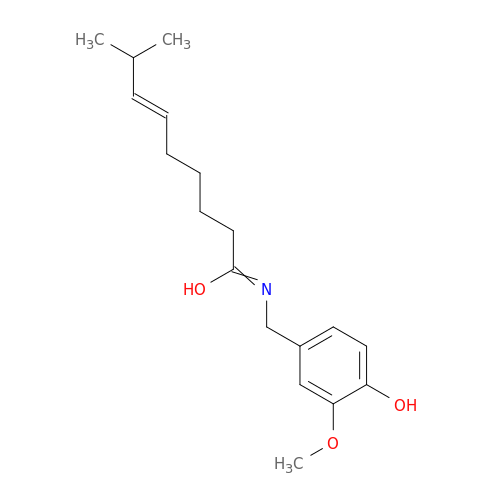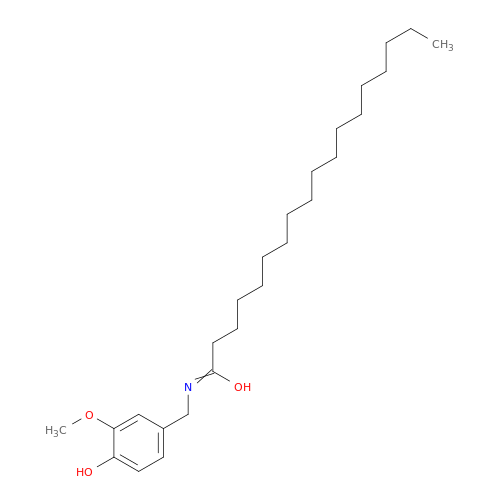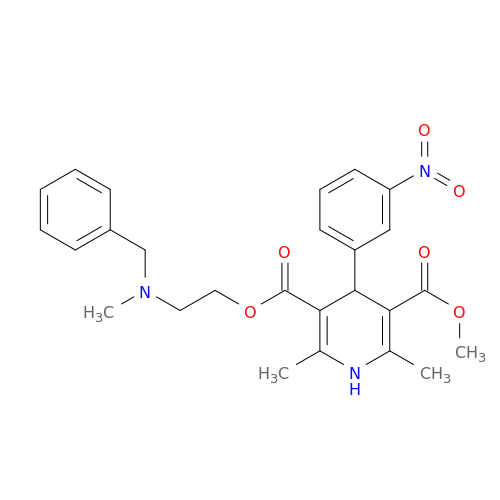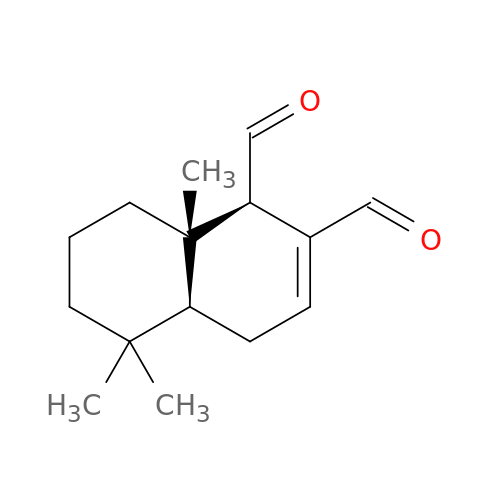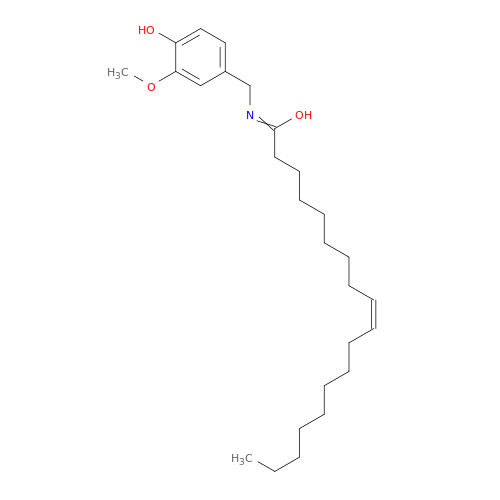| Biological Process |
GO:0048266 |
behavioral response to pain |
| Biological Process |
GO:0098703 |
calcium ion import across plasma membrane |
| Biological Process |
GO:0070588 |
calcium ion transmembrane transport |
| Biological Process |
GO:0006816 |
calcium ion transport |
| Biological Process |
GO:0071468 |
cellular response to acidic pH |
| Biological Process |
GO:0071312 |
cellular response to alkaloid |
| Biological Process |
GO:0071318 |
cellular response to ATP |
| Biological Process |
GO:0071345 |
cellular response to cytokine stimulus |
| Biological Process |
GO:0071363 |
cellular response to growth factor stimulus |
| Biological Process |
GO:0034605 |
cellular response to heat |
| Biological Process |
GO:1990090 |
cellular response to nerve growth factor stimulus |
| Biological Process |
GO:0071502 |
cellular response to temperature stimulus |
| Biological Process |
GO:0071356 |
cellular response to tumor necrosis factor |
| Biological Process |
GO:0050968 |
detection of chemical stimulus involved in sensory perception of pain |
| Biological Process |
GO:0050965 |
detection of temperature stimulus involved in sensory perception of pain |
| Biological Process |
GO:0050960 |
detection of temperature stimulus involved in thermoception |
| Biological Process |
GO:0002024 |
diet induced thermogenesis |
| Biological Process |
GO:0001660 |
fever generation |
| Biological Process |
GO:0014047 |
glutamate secretion |
| Biological Process |
GO:0006954 |
inflammatory response |
| Biological Process |
GO:0034220 |
ion transmembrane transport |
| Biological Process |
GO:0006629 |
lipid metabolic process |
| Biological Process |
GO:0001774 |
microglial cell activation |
| Biological Process |
GO:0090212 |
negative regulation of establishment of blood-brain barrier |
| Biological Process |
GO:0010459 |
negative regulation of heart rate |
| Biological Process |
GO:0010917 |
negative regulation of mitochondrial membrane potential |
| Biological Process |
GO:0003085 |
negative regulation of systemic arterial blood pressure |
| Biological Process |
GO:0000122 |
negative regulation of transcription by RNA polymerase II |
| Biological Process |
GO:0002790 |
peptide secretion |
| Biological Process |
GO:0043065 |
positive regulation of apoptotic process |
| Biological Process |
GO:0007204 |
positive regulation of cytosolic calcium ion concentration |
| Biological Process |
GO:0060454 |
positive regulation of gastric acid secretion |
| Biological Process |
GO:0045429 |
positive regulation of nitric oxide biosynthetic process |
| Biological Process |
GO:0051289 |
protein homotetramerization |
| Biological Process |
GO:1901594 |
response to capsazepine |
| Biological Process |
GO:0009408 |
response to heat |
| Biological Process |
GO:0010243 |
response to organonitrogen compound |
| Biological Process |
GO:0048265 |
response to pain |
| Biological Process |
GO:0043434 |
response to peptide hormone |
| Biological Process |
GO:0009268 |
response to pH |
| Biological Process |
GO:0050954 |
sensory perception of mechanical stimulus |
| Biological Process |
GO:0019233 |
sensory perception of pain |
| Biological Process |
GO:0060083 |
smooth muscle contraction involved in micturition |
| Biological Process |
GO:0001659 |
temperature homeostasis |
| Biological Process |
GO:0050955 |
thermoception |
| Biological Process |
GO:0014832 |
urinary bladder smooth muscle contraction |
| molecular function |
GO:0005524 |
ATP binding |
| molecular function |
GO:0005262 |
calcium channel activity |
| molecular function |
GO:0015278 |
calcium-release channel activity |
| molecular function |
GO:0005516 |
calmodulin binding |
| molecular function |
GO:0005261 |
cation channel activity |
| molecular function |
GO:0008324 |
cation transmembrane transporter activity |
| molecular function |
GO:0017081 |
chloride channel regulator activity |
| molecular function |
GO:0005231 |
excitatory extracellular ligand-gated ion channel activity |
| molecular function |
GO:0005230 |
extracellular ligand-gated ion channel activity |
| molecular function |
GO:0042802 |
identical protein binding |
| molecular function |
GO:0005216 |
ion channel activity |
| molecular function |
GO:0015276 |
ligand-gated ion channel activity |
| molecular function |
GO:0046872 |
metal ion binding |
| molecular function |
GO:0035091 |
phosphatidylinositol binding |
| molecular function |
GO:0051219 |
phosphoprotein binding |
| molecular function |
GO:0097603 |
temperature-gated ion channel activity |
| molecular function |
GO:0004888 |
transmembrane signaling receptor activity |
| cellular component |
GO:0005829 |
cytosol |
| cellular component |
GO:0030425 |
dendrite |
| cellular component |
GO:0032591 |
dendritic spine membrane |
| cellular component |
GO:0009897 |
external side of plasma membrane |
| cellular component |
GO:0016021 |
integral component of membrane |
| cellular component |
GO:0005887 |
integral component of plasma membrane |
| cellular component |
GO:0031226 |
intrinsic component of plasma membrane |
| cellular component |
GO:0016020 |
membrane |
| cellular component |
GO:0005739 |
mitochondrion |
| cellular component |
GO:0043025 |
neuronal cell body |
| cellular component |
GO:0043005 |
neuron projection |
| cellular component |
GO:0005886 |
plasma membrane |
| cellular component |
GO:0045211 |
postsynaptic membrane |
| cellular component |
GO:0045202 |
synapse |
